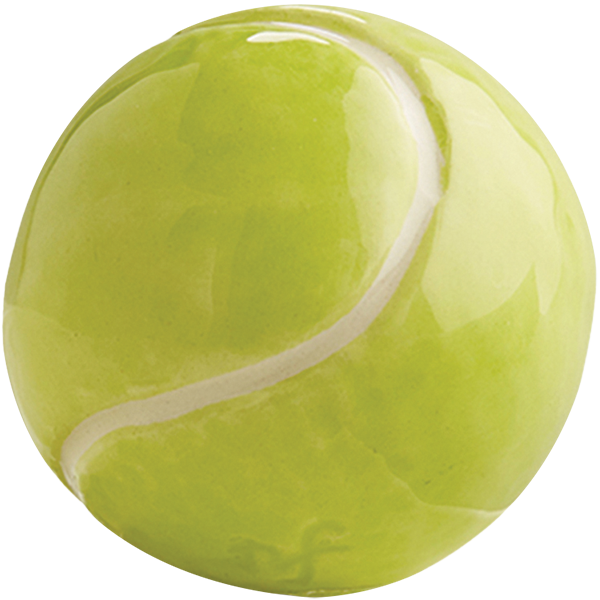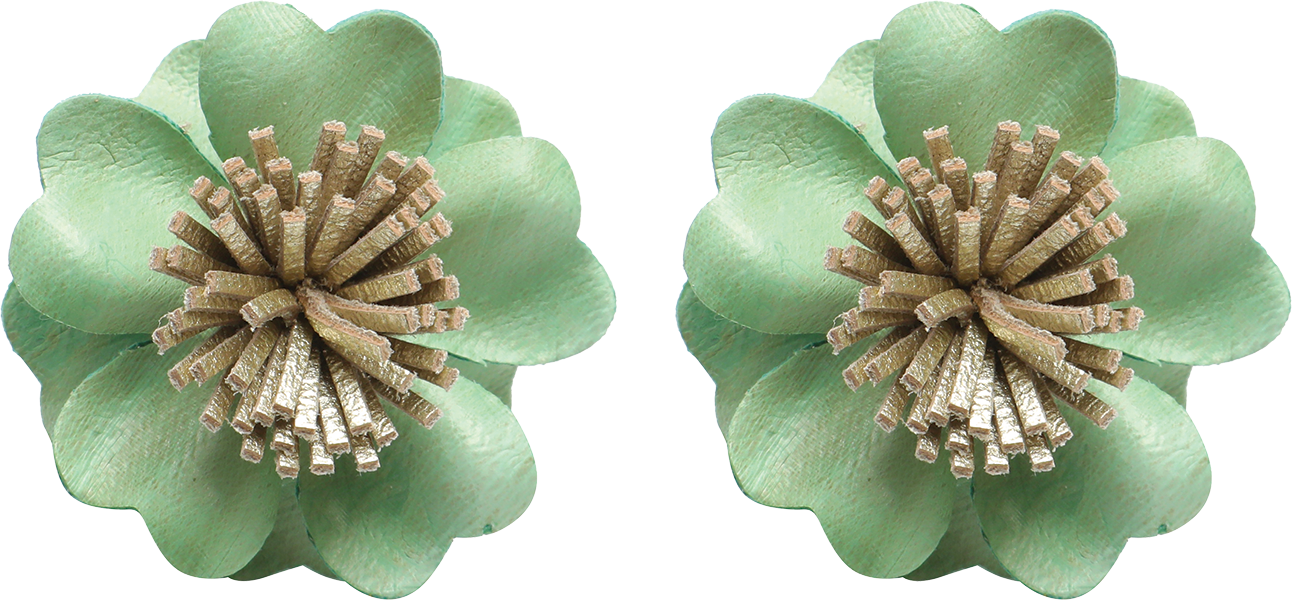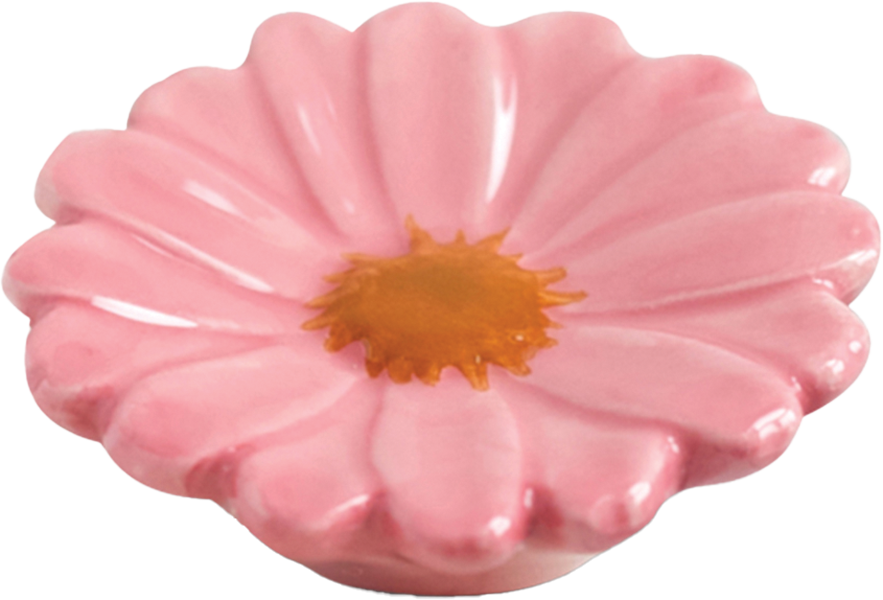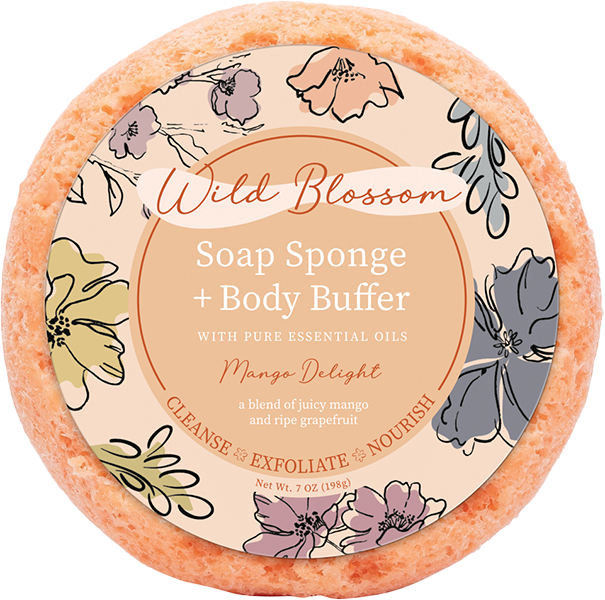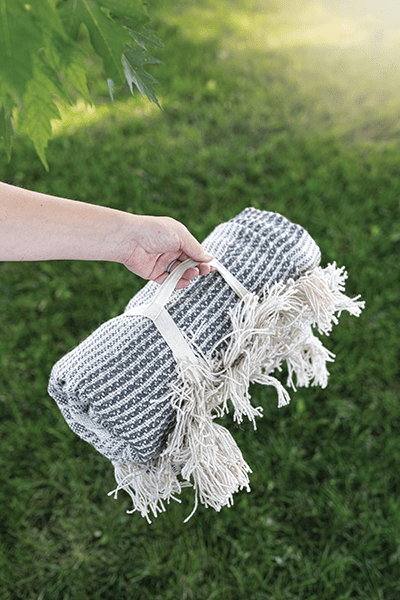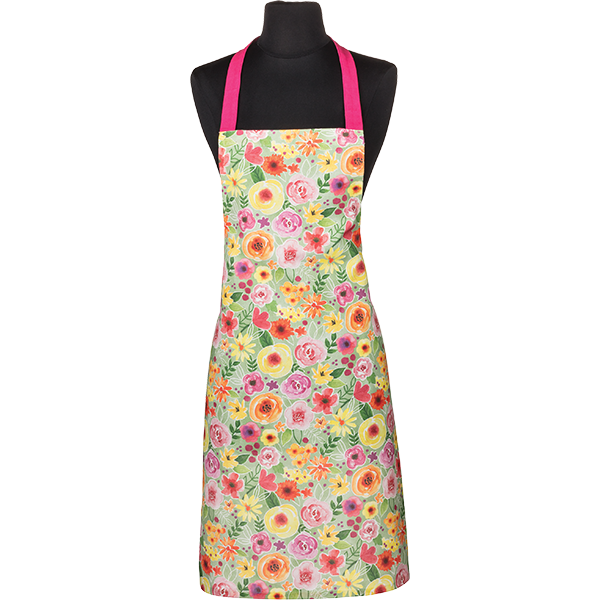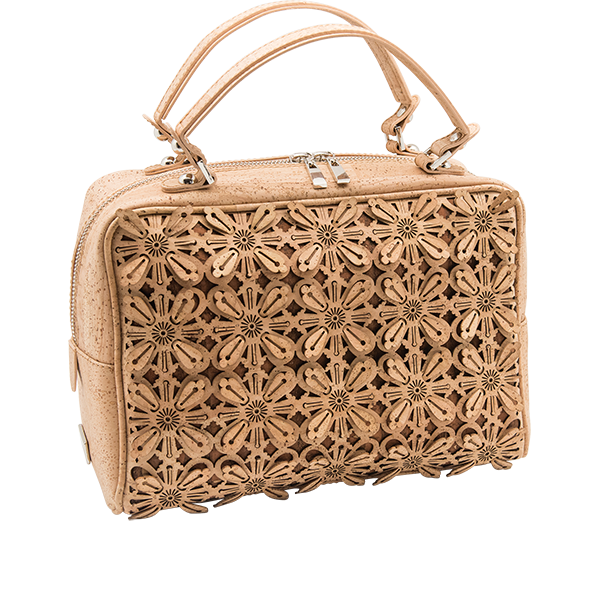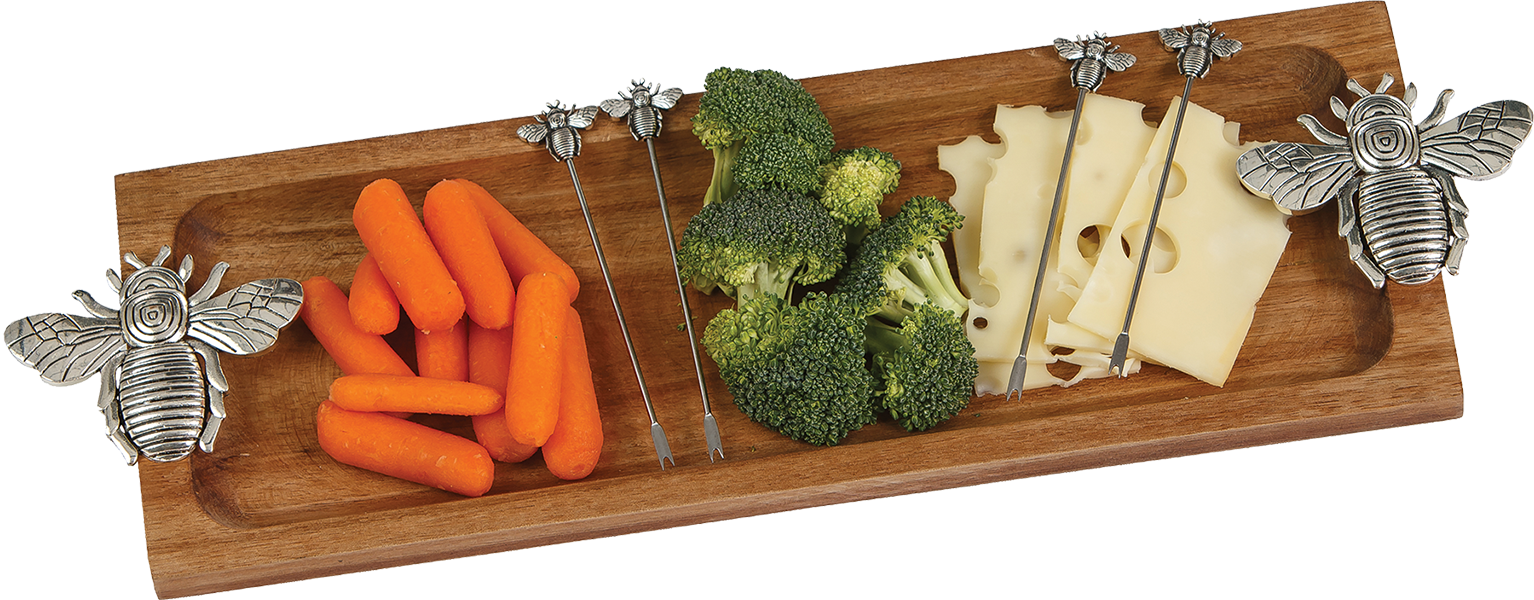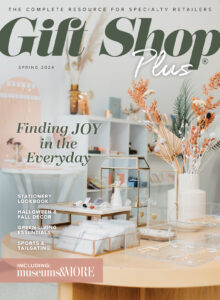Red, White and Blue — and Green
How selling U.S.-made products sells not just products, but patriotism
By Abby Heugel, Managing Editor
Considering that many popular tourist destinations cater to American interests and history – especially military/historical sites and national parks – it stands to reason that many visitors would be inclined to purchase U.S.-made products from the gift shops.
Although importing product is virtually unavoidable in some instances, retailers and manufacturers alike are making a more concerted effort to stress this characteristic.
According to a 2007 Gallup Panel survey, 72 percent of Americans are paying heightened attention to the country of origin in products they buy. And according to a controlled study last year, Jon Krosnick, professor of communications, political science and psychology at Stanford University, found that sales of products bearing American-made logos were four percentage points better than those without the logos.
“The ‘Made in U.S.A.’ feature is important because customers want products that offer innovation, quality, safety and reliability,” said Marcie Gabor, president, Made in U.S.A. Brand and Principal, Conrad | Phillips | Vutech. “They want products that come from a known source, not an ambiguous location. There may be common threads in the themes of exhibits that make ‘Made in U.S.A.’ even more attractive, such as gift shops in museums or destinations tied to America’s history.”
Fly Your Flag
For businesses that meet accreditation standards, Gabor’s Made in U.S.A. Brand certification mark logo – a non-mandatory brand enhancer and identifier of goods made in the U.S.- is available on the website for no fee. The concept came from her observation of the lack of consistency of how American-made products are identified. Consumers have become conditioned to reading labels, and this is an opportunity for companies and retailers to identify product origin.
“We put little American flags on the products that are made in the U.S.,” said Cathy Martin of the Santa Clarita Valley Historical Society in Newhall, Calif. “I don’t know if it makes a person want to by the item, but I think it’s a feel good purchase.”
“It’s quality control,” said Melissa Hixson of Isle of Candles in Pawleys Island, S.C. “Lead paint in toys? Food recalls? Made-in-the-U.S.A. gives consumers a feeling that with our quality control, we’re safer.”
Jeff Vogel, president, WTBI, Inc. said there’s a great deal of demand for American-made products, particularly in the area of historical sites and national landmarks. All of their products are proudly made in the U.S. and they mark all merchandise as such.
“When you are doing presidential libraries, historical monuments, national parks, etc. the images portrayed should reside on American-made products,” Vogel said. “I don’t think any American wants to see a treasured national landmark souvenir made in China or Mexico. It somehow sends a message that America is unable to produce even a small item with a national image on it.”
In addition to including the country of origin and a graphic of the American flag on the packages of their products, b.dazzle inc. also makes sure their wholesale trade show exhibits include “Made In America” posters featuring a color representation of the American flag and that national advertisements show an American flag graphic.
“Creating only American-made products requires an unwavering commitment to that principle,” said b.dazzle Executive Vice President Marshall Gavin. “Especially because many low-cost imports are made by workers paid a fraction of our nation’s minimum wage in environments that are not subject to the strict safety standards to which we are subjected and agree to.”
The Harry S. Truman Little White House in Key West, Fla. is a presidential site with both domestic and imported souvenirs. They make it a point to say “Made in America” on some products like Chemart ornaments or Harmony Designs paperweights and bookmarks.
“Some guests are very unhappy that anything is from overseas and refuse to purchase imports at all,” said Bob Wolz, museum store director. “There are some who complain about it then still purchase the lower priced imported item rather than the American-made one. They would prefer U.S.-made at oversees prices.”
Quality Vs. Quantity
It’s no surprise that just as most consumers would prefer American-made goods, so too would many retailers. Unfortunately, they are often faced with balancing quality, availability and cost – U.S.-made doesn’t always win.
“It is not hard to locate the items,” Hixson said. “The tough part is adjusting to the higher prices that often goes along with U.S.-made items. Stuff from China is cheap and in this economy, dollars do a lot of talking.”
Martin agreed that it’s hard to buy souvenirs that are made in the U.S. at a comparable cost. She often explains to customers that the cost is a little more, but the quality is better and the company making the products pays workers a decent wage and benefits. She’s found most people will take that into consideration.
“If I had the space and the products, I would have a whole section devoted to U.S.-made products and would proudly put signage to promote them,” Martin said. “It’s just finding the manufacturer.”
Mary Ellen Downing at Squam Lakes Natural Science Center in Holderness, N.H. buys American made products with pride and enthusiasm, but often has to discount them to sell them.
“This year I’ve had very few people ask where products are made,” Downing said. “They’re more concerned with the cost of the item than where it came from. They want something of quality for as little money as possible, and the cost of American-made products is still high in comparison to items made otherwise.”
Vogel acknowledges that it’s difficult to compete with the wage scales in foreign countries. However, the growth of U.S.-based companies has been dependent upon complete flexibility in the production of their products.
“We produce millions of magnets every year in this country in any quantity for any location with no minimum orders,” Vogel said. “This is an advantage that none of the foreign competition has. They require large commitments, overseas delays in proofs of their merchandise for the customer and unless the customer wishes to pay for air freight, lengthy ocean voyage deliveries. We can ship any of our products in 24 to 48 hours.”
By purchasing U.S.-made products, the retailer has much greater flexibility in inventory quantities and variety of merchandise. Jo Anne Miller of Vero Beach Museum of Art in Vero Beach, Fla. has found success and flexibility with products that can’t be compared with any similar imported products.
“One of our greatest successes has been with a line of jackets by RSR Apparel, made in Pennsylvania,” Miller said. “They are very attractive and considered a good value by my customers. If I don’t have the right size in stock, I can special order a jacket and get it in four days. If you look carefully, there are ways to increase your ‘home-grown’ inventory and still provide customers with the value they seek.”
Hixson suggested visiting local craft shows, searching for local artists, checking the Chambers of Commerce and even putting a query out via social networking for U.S.-made product suggestions. Once in stock, use signage and call forth this distinction.
“I feel that any time I am able to buy American made products, I am doing a service to our economy,” Downing said. “I am offering this exceptional item with pride to our visitors and I am trusting that it will make a positive difference to all who are connected to the product.”
In other words, look for the red, white and blue to bring in the green.













